Switzerland’s Most Beautiful Alpine Gardens
The best place to see Switzerland’s stunning flora is high up in the mountains
/https://tf-cmsv2-smithsonianmag-media.s3.amazonaws.com/filer/d0/fb/d0fb0393-ecd3-4432-ae1e-208f66b0abc3/istock_000033687982_large_720.jpg)
While a variety of flora graces Switzerland in the warmer months, some of the country's most beautiful blooms can be found high in the mountains. By the end of April, most skiers have left the slopes, replaced by walkers enjoying early blossoms. By June, slopes and meadows are carpeted in flowers of all shapes and colors.
Perhaps none is more famous than the edelweiss. Characterized by delicate, white, velvet-like petals, this unofficial national flower has captivated the Swiss for years, as a symbol of love and courage, as well as a marker of resistance to Nazism. Growing up to 10,000 feet above sea level, it is a sight to behold against a backdrop of snow-capped peaks.
Other breathtaking blooms include Alpine columbine, whose wide, dark blue and purple petals stand in stark contrast to the rocks and bushes where it grows. The Alpine androsace grows in similar conditions and can produce an astonishing 3,000 purple-white blooms. Notable for its height is the pink and purple martagon lily, which can reach 44 inches in damp meadows and forests.
Here are some of the best places in Switzerland to enjoy Alpine flowers:
Schynige Platte Botanical Alpine Garden
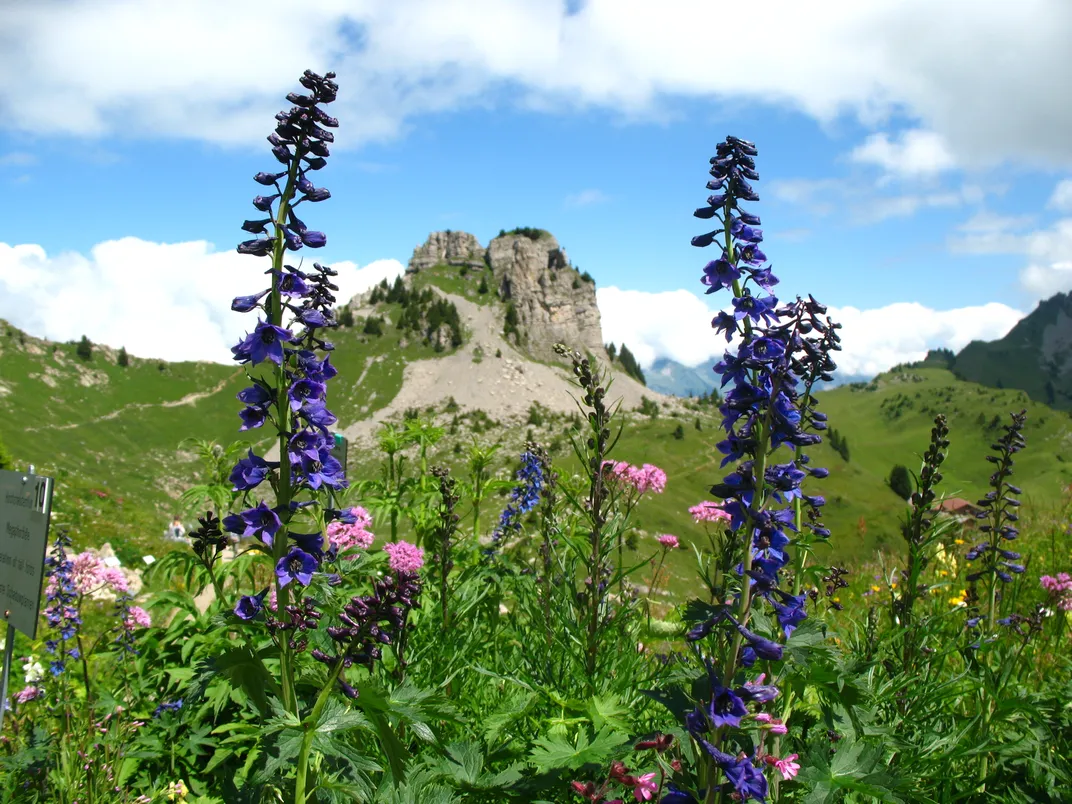
Botanical Park of Gambarogno
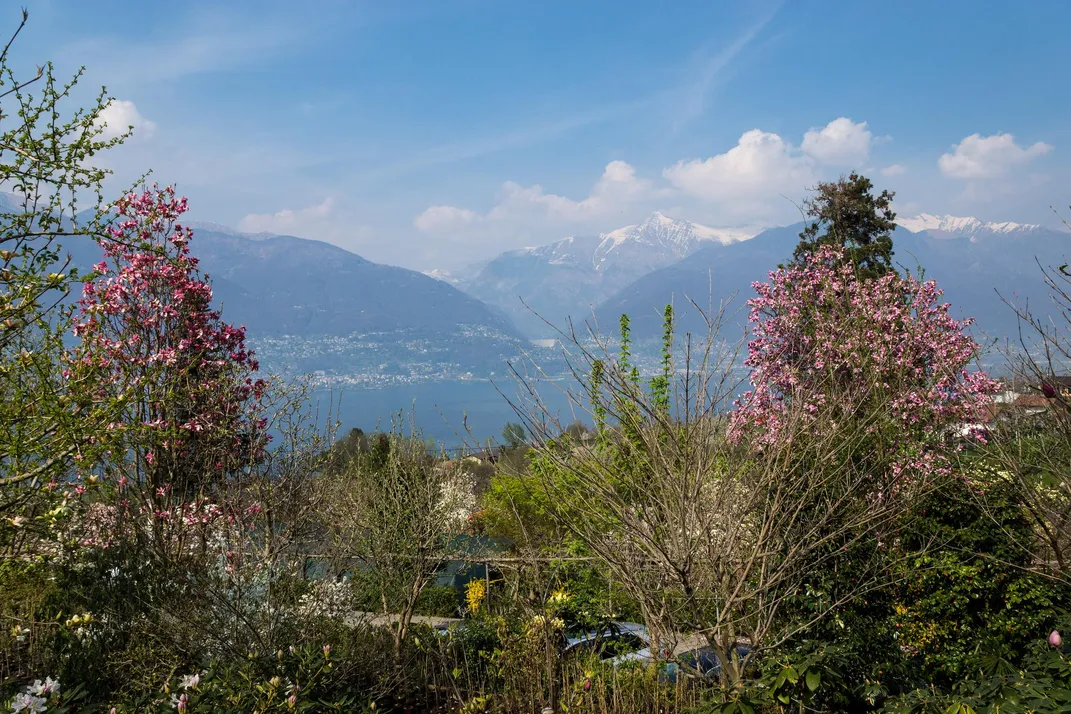
The Botanical Park of Gambarogno lies on a hill between Piazzogna and Vairano, on the Gambarogno side of Lake Maggiore in the canton of Ticino. Covering an area of 20,000 square yards, it is home to thousands of colorful flowers, including 950 species of camellias, 350 species of magnolias, peonies, azaleas, rhododendrons, pines, junipers, ivies and firs.
To find the botanical park, you have to drive from Vira up to Piazzogna. Once there, it is best to pick up the Madadin-Gerra or the Magadino-Indemini bus line. The bus stops at the Restaurant Gambarogno and the park is only a two-minute walk away.
La Thomasia Alpine Garden
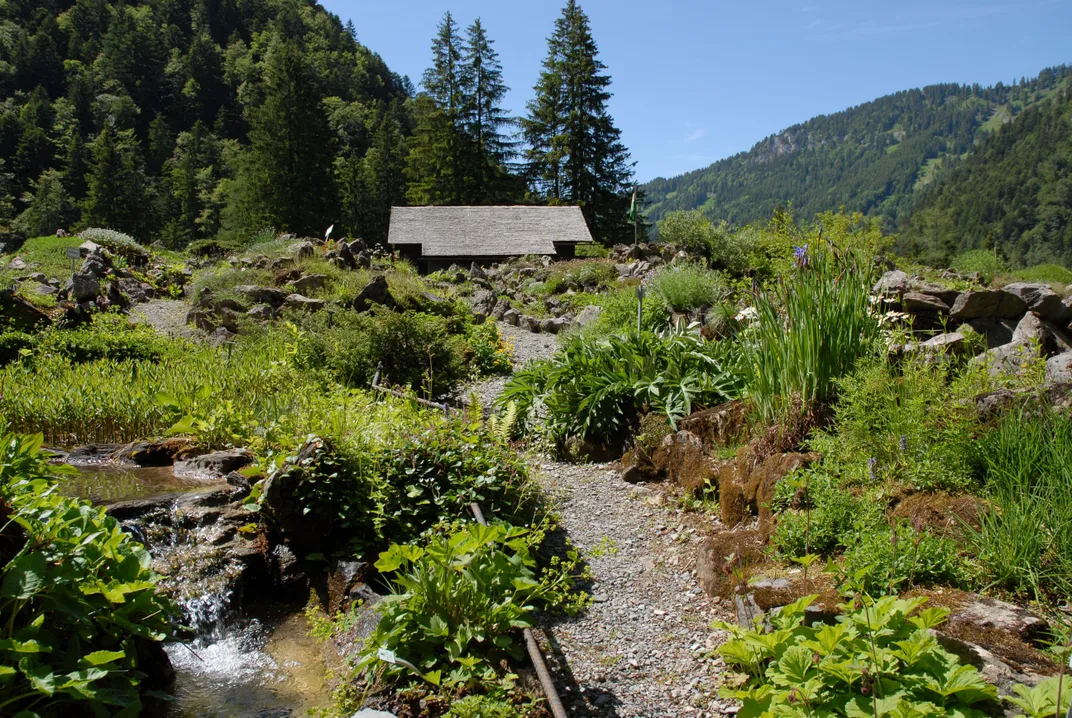
Alpine Garden Thomasia in Le Pont de Nant has been in existence since 1891 and showcases over 3,000 plants and Alpine mountain flowers natural to the area. This valley between the Grand and Petit Muveran mountains in the Lake Geneva region features a wide array of vegetation, including blueberries and gooseberries, and was proclaimed a nature reserve in 1969. The garden is open from May through October, daily, from 11 am. You can go from Lausanne via Bex to Le Pont de Nant.
San Grato Botanical Park
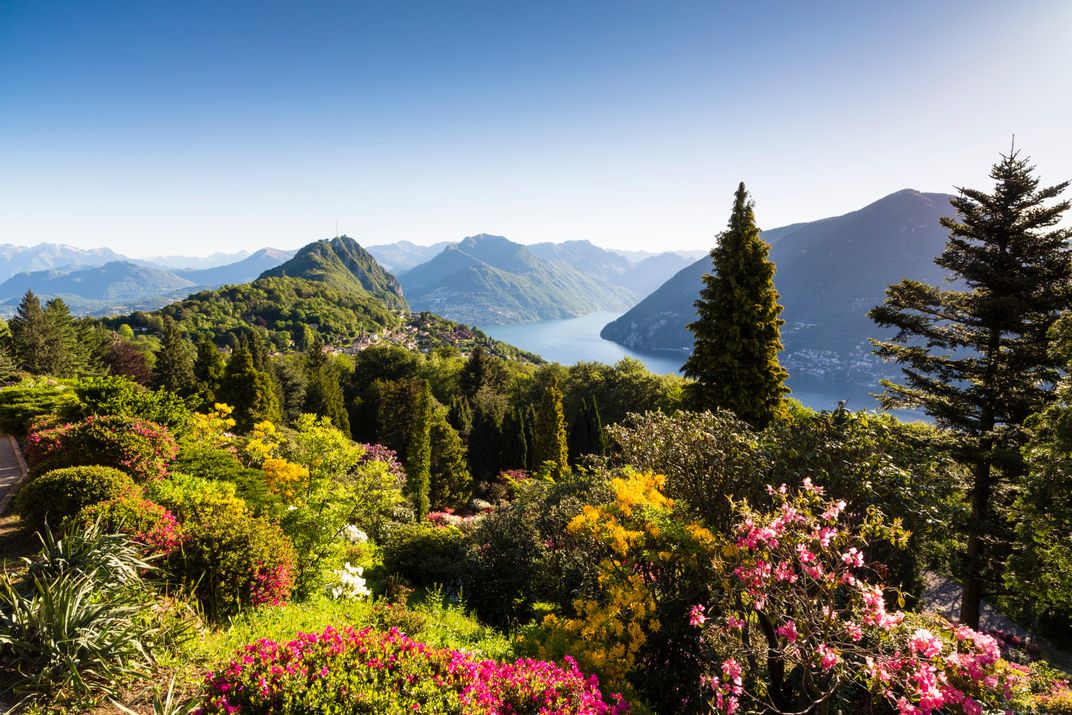
Adelboden Flower Trail
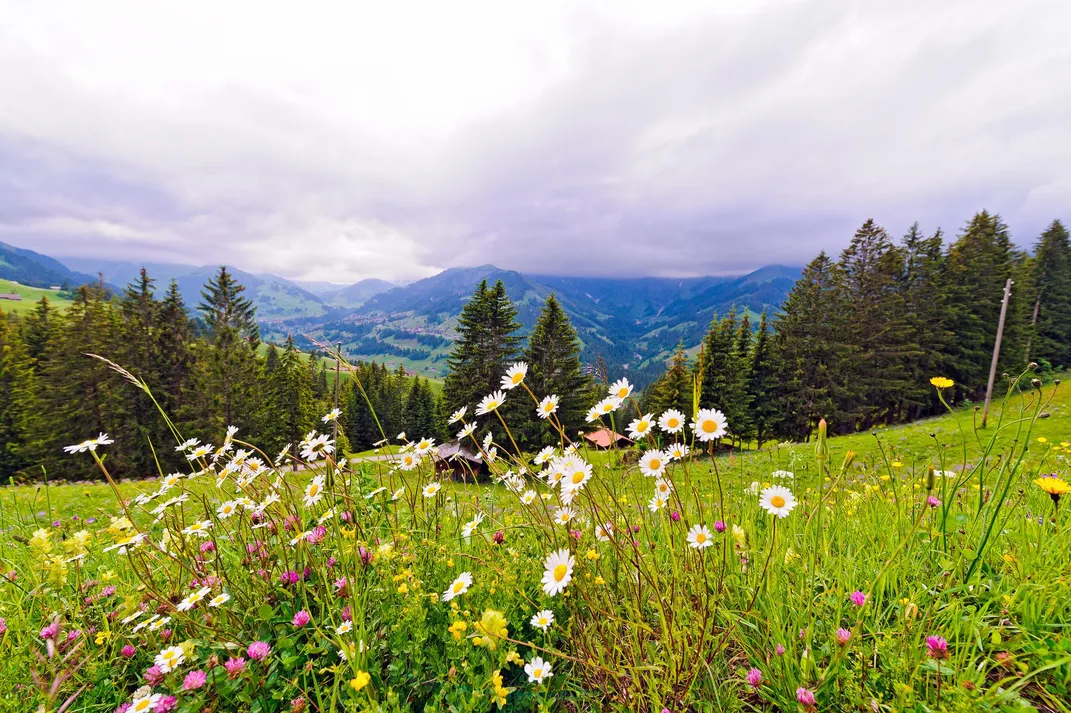
Alpengarten Hoher Kasten
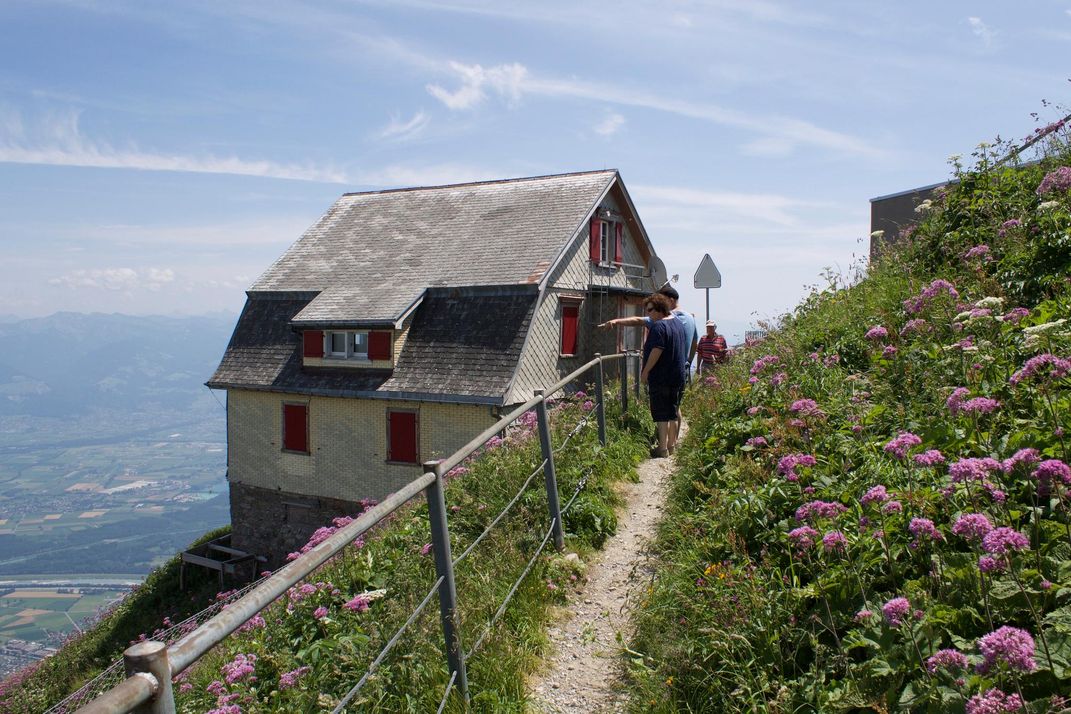
Flower enthusiasts should pay a visit to the Alpengarten Hoher Kasten in Appenzell from the middle of June to the middle of August. This garden offers a fantastic selection of flora common to the Alps up to 16,000 feet, in addition to exceptional views of Appenzellerland and Lake Constance.
Flore-Alpe Botanical Garden
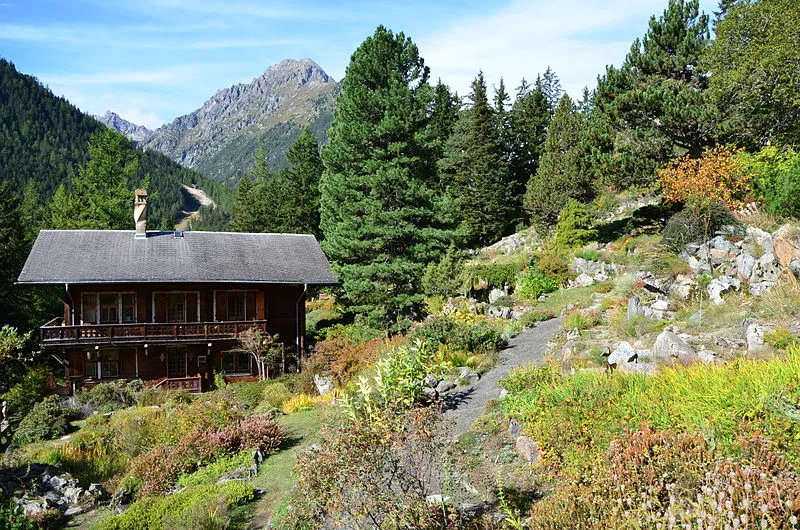
Three thousand plant varieties, including a large number of native flora, bloom in the 65,000-square-foot Flore-Alpe Botanical Garen overlooking Lake Champex and the snow-capped peaks of Les Combins. The garden is built around a 1930s wooden chalet that visitors can stay in and is also home to concerts and exhibitions in the summer.
Planning Your Next Trip?
Explore great travel deals
Smithsonian magazine participates in affiliate link advertising programs. If you purchase an item through these links, we receive a commission.